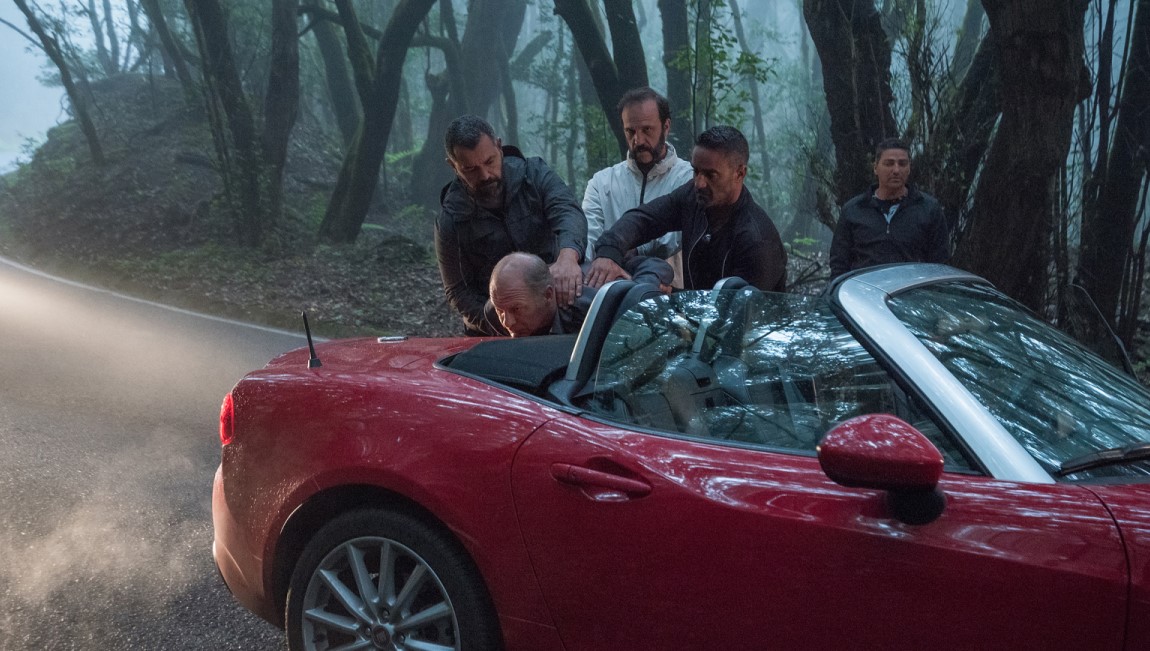#6. Visual rhymes preside over the three, tenuously interlinked sections of Ryusuke Hamaguchi’s Wheel of Fortune and Fantasy, drawing parallels across earthbound stories that have the astonishing ability to seamlessly recalibrate themselves at even just the most passing admission or casual reveal. Ex-lovers fall into the arms of trusted best friends, mistaken identities are realized only after a remarkable candor of intimacy is achieved, sex and responsibility are distorted, then, made painfully clear. The title is instructive of how we’re supposed to accept pinholes of narrative as the rightfully sideswiping shifts of drama they really are, random instances of fortune and fantasy constantly internalized and externalized, and the surface terrain remains unchanged. Wheel of Fortune and Fantasy is — among its many virtues — an act of directorial faith in the audience, offering up varying objective viewpoints of contemporary relationships (with just a touch of sci-fi…), while managing to maintain subjective, emotional anchors, as embodied by his performers.
The film’s subtly mimicked structuring lends an unspoken method of sequencing to these vignettes: suddenly breaking from a shot/reverse shot rhythm to shoot an actor’s face straight on; a Hong-esque (i.e., endearingly clumsy) zoom; a time jump, which the last story mimics within its very conceit, as opposed to the hitherto norm of dropping in a title card denoting the temporal specifics. Lastly, most of the prolonged conversations that comprise the film are often exclusively held between only two parties. Hamaguchi is rigorous in this way, but he doesn’t sacrifice universality or fine-tuned emotionality for the sake of his formal daring. He’s a pop filmmaker who prefers hard edges, a reading also applicable to the sexual frankness and honesty toward desire threaded throughout, which are in turn often delivered within uncompromising long takes. His filmmaking grammar is a perpetual give-and-take between pop and experimentation, which, among other things, and fitting in a year where his Drive My Car was also released, explains his burgeoning, nigh-impossible range.







